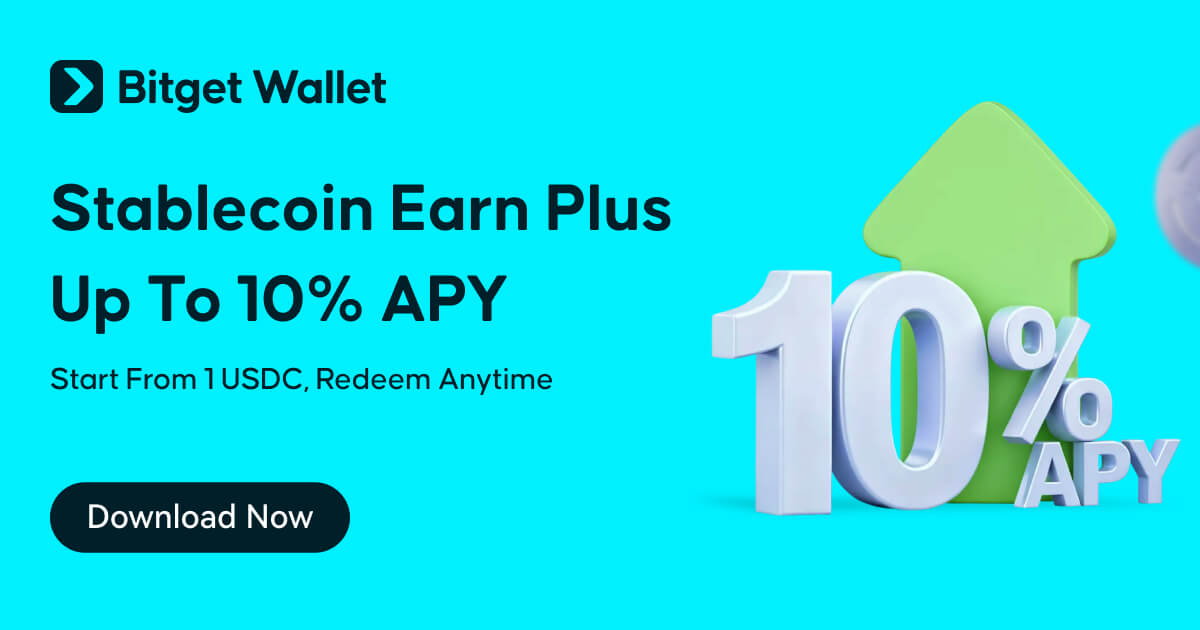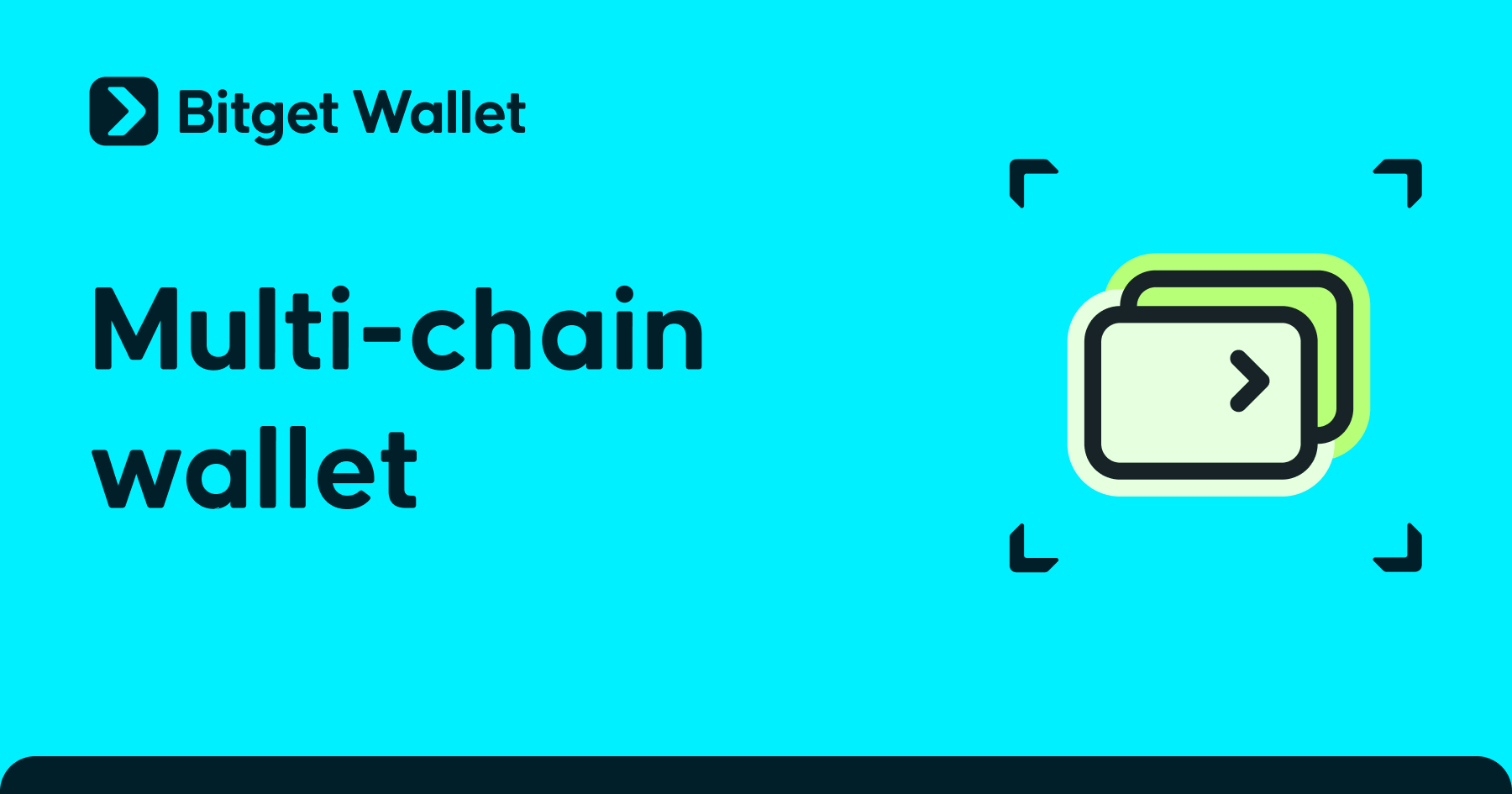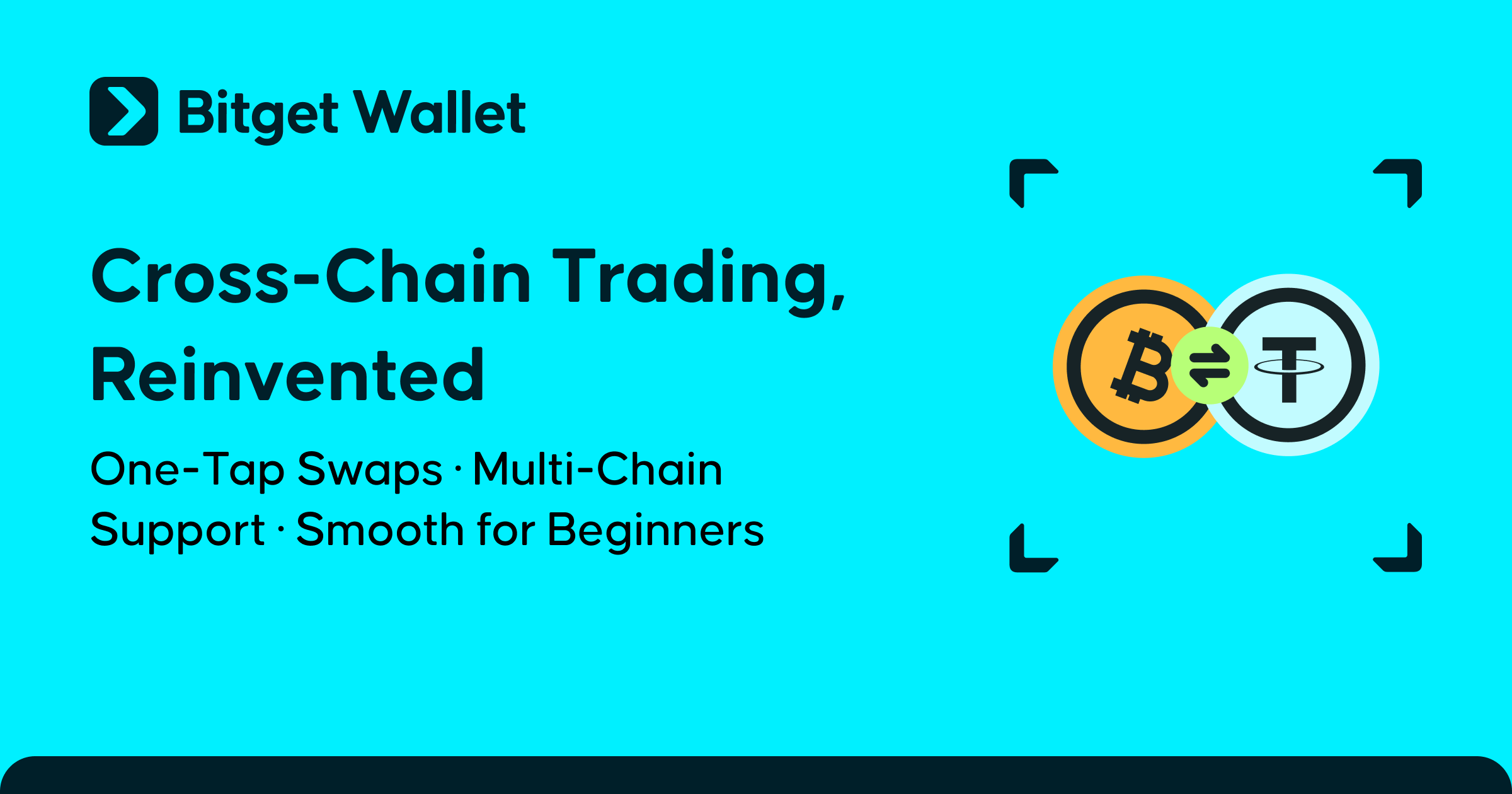Syndicate (SYND) Listing: Launch Date! Inside $SYND’s Staking, Gas Fees, and DAO Infrastructure
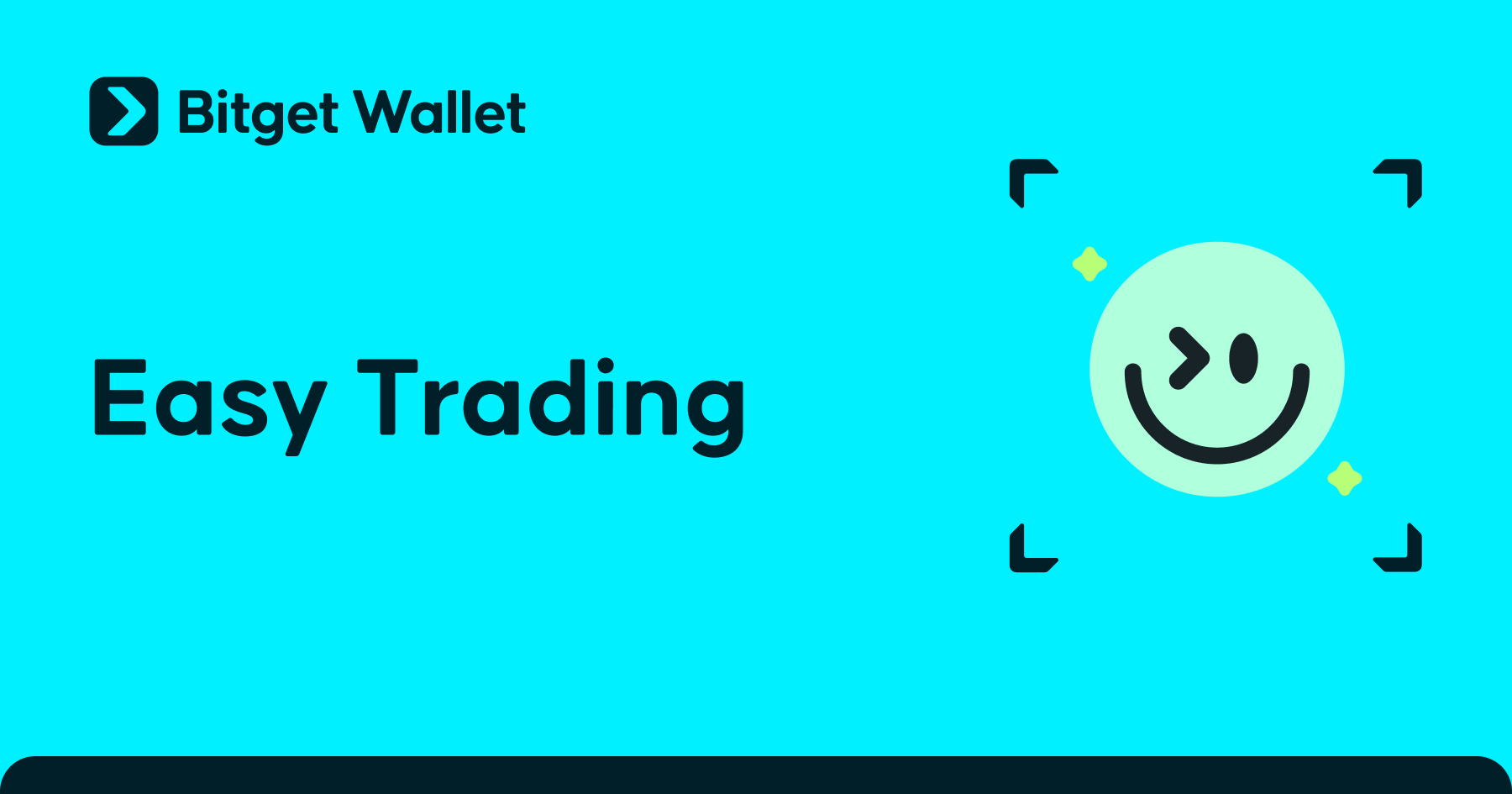
Syndicate (SYND) is gaining attention in the crypto market. Many investors are asking a direct question: Could this be the next breakout token? The project is preparing for its launch on major exchanges. Traders now have a clear chance to enter early, before wider market demand begins to grow.
As a DAO and application-chain infrastructure project, Syndicate (SYND) distinguishes itself with on-chain governance, staking, and gas utility across its Commons Chain, solidifying its place as a key player in the rapidly advancing blockchain sector. This milestone event paves the way for fresh investment prospects, granting global traders access to a promising new asset.
In this article, we’ll break down all the essential details — from launch schedule and price predictions to how to buy $SYND — helping you stay informed and ahead in the ever-evolving crypto sphere.
Download Bitget Wallet for faster cross-chain trending trades, perfect for beginners.
Syndicate (SYND) Listing: Date, Trading Pairs & Bonuses
Key Listing Information
Here are the important details about the Syndicate (SYND) listing:
- Exchange: To be announced
- Trading Pair: SYND/USDT
- Deposit Available: Sept. 17 2025
- Trading Start: Sept. 18 2025
- Withdrawal Available: Sept.18 2025
Don’t miss your chance to start trading Syndicate (SYND) and be part of this groundbreaking journey.
- Please refer to the official announcement for the most accurate schedule.
Syndicate (SYND) Price Outlook: Verified Insights
As Syndicate (SYND) prepares for its listing in Q3 2025, investors are looking at how similar governance and infrastructure tokens have behaved at launch. While no official price targets exist, comparative data from recent launches offers useful perspective.
Comparative Insights on $SYND’s Market Potential
- Tokens with large community allocations (40–60%) often attract early demand and higher wallet distribution.
- Launches with strong liquidity support tend to hold value more consistently, while weak liquidity often leads to steep early corrections.
- Projects with staking and governance mechanics usually see steadier medium-term demand as users lock tokens for rewards or voting rights.
- Strict vesting schedules for team and investors reduce early sell pressure, improving price stability.
$SYND Outlook Using Verified Data and Benchmarks
| Time Frame | Comparative Trend | Implications for SYND |
| Short-term (1–3 months) | High volatility common. Tokens often swing 2–3x up or down post-listing. | SYND’s early moves will depend on exchange liquidity and community participation. |
| Medium-term (3–6 months) | Projects with staking/governance features consolidate if adoption is steady. | SYND could stabilize if staking demand and DAO activity increase. |
| Long-term (1 year +) | Sustained value depends on network usage, ecosystem growth, and unlock schedules. | With 50% community allocation and 48-month vesting for team tokens, SYND is structurally set up for long-term participation. |
Expert Takeaway: $SYND enters the market with favorable fundamentals: a large community share, clear legal structure, and multiple utilities (gas, staking, governance). Its early market path will likely follow patterns seen in comparable launches — initial volatility, followed by stabilization if adoption grows.
Source: ICO Drops, MEXC Research, official Syndicate announcements.
Note: This section uses only verified tokenomics and comparative benchmarks from similar projects. It is not financial advice or an official price forecast.
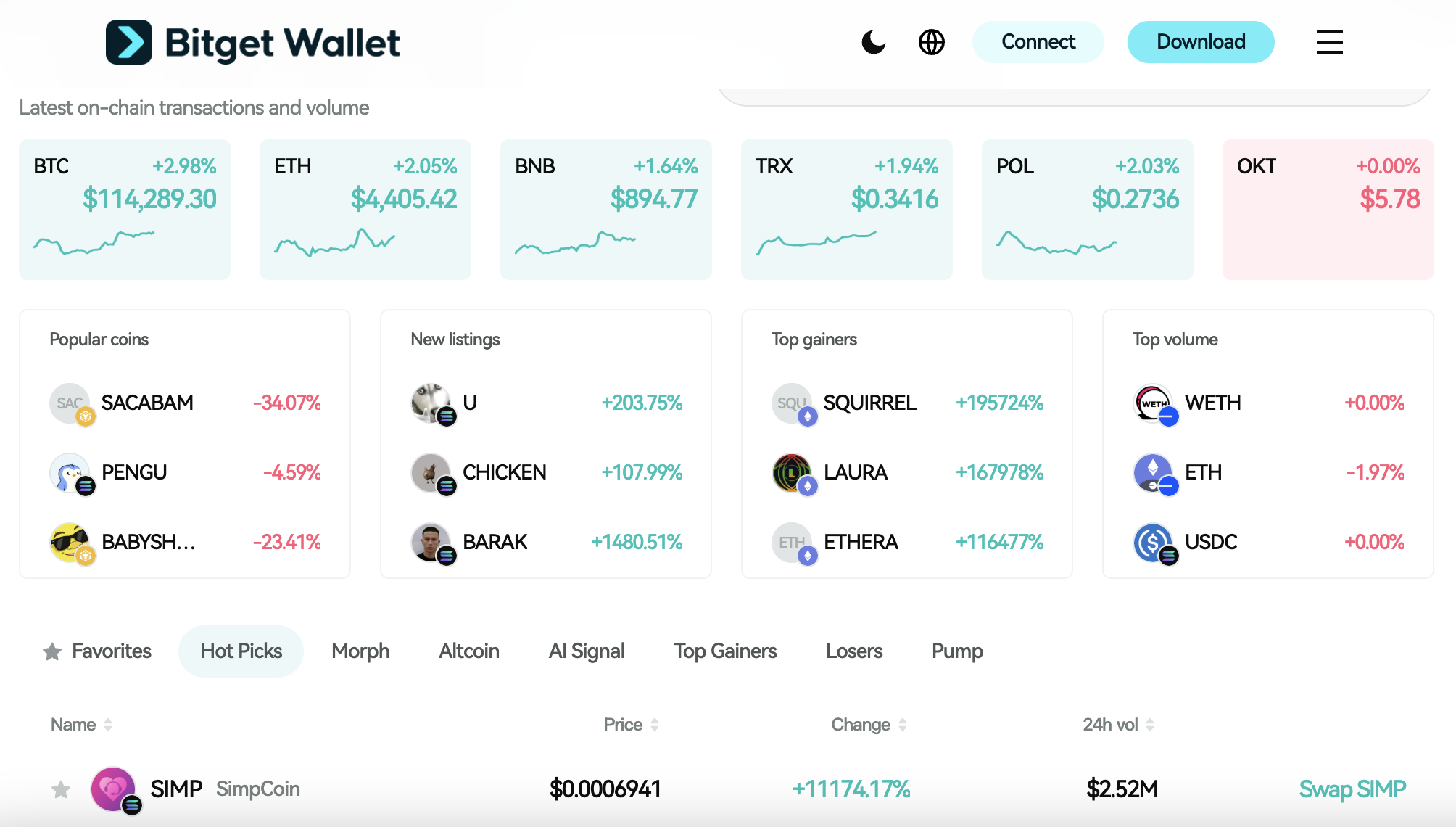
Source: Bitget Wallet
What is Syndicate (SYND)?
Syndicate (SYND) is a DAO and application-chain infrastructure project that combines on-chain governance with staking and gas utility across its Commons Chain. The project aims to empower decentralized organizations and communities with scalable infrastructure, transparent governance, and legally sound frameworks.
Key features
- Governance Utility: Holders can participate in decision-making and shape the network’s future.
- Gas & Staking: SYND powers transactions and incentivizes validators within the Syndicate and Commons Chain.
- Community Allocation: Over 50% of the token supply is dedicated to the community, ensuring broad participation.

Source: X
How Syndicate (SYND) Works and Delivers Value
The architecture of Syndicate is designed with multiple elements that work together to support adoption and provide lasting value.
-
Blockchain Infrastructure
Utilizes its Commons Chain, an application-chain network designed to optimize transaction efficiency, reduce costs, and provide legal clarity through its Wyoming DUNA framework.
-
Token Utility
$SYND serves as the gas token within the Syndicate ecosystem. It powers staking, governance, and transaction execution. The token also provides incentives for validators and participants, ensuring secure and scalable growth.
Governance & Community Engagement
Holders of $SYND have the ability to take part in governance decisions. They can vote on protocol upgrades, resource allocation, and other key matters. More than half of the total supply is reserved for the community. This structure ensures broad participation and grassroots ownership. Syndicate is designed so that users—not only investors—help shape the future of the network.
Syndicate (SYND)’s Team, Vision, and Partnerships
The Team
Syndicate (SYND) is guided by the Syndicate Protocol team, an organization with profound knowledge of DAO infrastructure, blockchain governance, and application-chain design. The mission is not just to issue a utility token but also to make Syndicate (SYND) a cultural and financial pillar for decentralized communities across the globe.
The Vision
The fundamental vision of Syndicate (SYND) is to enable communities and organizations to create and manage decentralized networks with transparency and scalability. Its ultimate vision is to establish a sustainable ecosystem which embodies trust, transparency, and legal certainty in the Web3 governance and application-chain space.
Partnerships
Syndicate (SYND) has engaged with regulatory and legal frameworks such as Wyoming’s DUNA model to strengthen its compliance base and ecosystem credibility. In addition, it collaborates with community DAOs, validators, and ecosystem builders to expand its reach into the decentralized governance, DeFi, and application-chain sectors.
Use Cases of Syndicate (SYND)
Syndicate (SYND) serves a variety of purposes, including:
- Gas Fees – Powers transactions across the Syndicate Network and Commons Chain, ensuring efficient and secure execution.
- Staking Incentives – Provides rewards for validators and participants who secure the network and maintain performance.
- Governance – Grants holders the right to vote on protocol upgrades, transaction ordering, and resource allocation.
These applications highlight the practical value of $SYND in the decentralized governance and application-chain sector, making it a core asset for both users and developers building in the ecosystem.
Syndicate (SYND) Roadmap: Key Milestones and Future Developments
The roadmap for Syndicate (SYND) outlines a clear path for growth and innovation:
| Quarter | Roadmap |
| Q1 2025 | Finalized tokenomics, community allocations, and airdrop planning. |
| Q2 2025 | 2% community airdrop distribution (August 15, non-transferable until launch). Ecosystem onboarding and governance testing. |
| Q3 2025 | Official launch of $SYND token (1B supply, with over 50% allocated to community). Listing on exchanges including Bitget. Activation of staking, governance, and Commons Chain incentives. |
These milestones highlight the practical value of $SYND in the DAO infrastructure and decentralized governance sector, establishing a foundation for long-term ecosystem growth.
How to Buy Syndicate (SYND) on Bitget Wallet?
Trading Syndicate (SYND) is easy on Bitget Wallet. Follow these simple steps to get started:
Step 1: Create an Account
If you don't have an account, download the Bitget Wallet app. Sign up by providing the necessary information and verifying your identity.

Step 2: Deposit Funds
Once your account is set up, you need to deposit funds. You can do this by:
- Transferring Cryptocurrency: Send crypto from another wallet.
- Buying Crypto: Use a credit or debit card to purchase crypto directly on Bitget Wallet, ensuring you have enough funds for trading Syndicate (SYND).

Step 3: Find Syndicate (SYND)
In the Bitget Wallet interface, navigate to the market section. Use the search bar to find Syndicate (SYND). Click on the token to view its trading page.
Since this token has not been listed yet, please refer to the final contract address provided by the project team after the token is officially listed.
Step 4: Choose Your Trading Pair
Select the trading pair you wish to use, such as SYND/USDT. This will allow you to trade Syndicate (SYND) against USDT or another cryptocurrency.
Step 5: Place Your Order
Decide whether you want to place a market order (buy/sell at the current market price) or a limit order (set your own price). Enter the amount of Syndicate (SYND) you wish to buy or sell, then confirm your order.
Step 6: Monitor Your Trade
After placing your order, you can monitor its status in the “Open Orders” section. Once the order is executed, you can check your balance to see your newly acquired Syndicate (SYND).
Step 7: Withdraw Your Funds (Optional)
If you wish to transfer your Syndicate (SYND) or any other cryptocurrency to another wallet, navigate to the withdrawal section, enter your wallet address, and confirm the transaction.

▶Learn more about Syndicate (SYND):
Conclusion
Syndicate (SYND) joining Bitget isn’t just about trading—it’s about building a decentralized, community-driven ecosystem. With its focus on DAO empowerment and transparent governance, this project is setting the stage for long-term innovation and adoption.
For those looking to get involved, now’s the time. Whether it’s trading, staking, or contributing to the community, early adopters have the opportunity to shape the future of Syndicate (SYND).
To manage your assets securely and seamlessly, Bitget Wallet offers a user-friendly solution for storing, trading, and interacting with digital currencies. Managing assets should be simple and secure, and Bitget Wallet makes it effortless to navigate the evolving digital economy—empowering users to trade, store, and engage with crypto with ease.
Download Bitget Wallet today and take control of your digital assets with confidence!
Sign up Bitget Wallet now - grab your $2 bonus!
FAQs
1. What is Syndicate (SYND)?
Syndicate (SYND) is a DAO and application-chain infrastructure project. Its token, $SYND, powers gas fees, staking, governance, and validator incentives within the Syndicate ecosystem.
2. When will Syndicate (SYND) launch?
The official launch and exchange listing of $SYND is scheduled for Q3 2025. A 2% community airdrop was already distributed in August 2025, but those tokens remain non-transferable until the full launch.
3. How can I buy Syndicate (SYND)?
After listing, $SYND can be traded on exchanges such as Bitget. To participate, download Bitget Wallet, deposit funds, search for $SYND, and choose the trading pair (e.g., SYND/USDT) once live.
Risk Disclosure
Please be aware that cryptocurrency trading involves high market risk. Bitget Wallet is not responsible for any trading losses incurred. Always perform your own research and trade responsibly.






